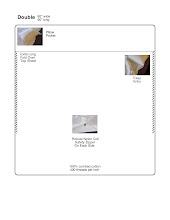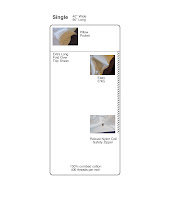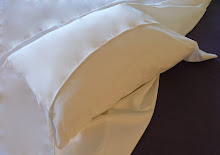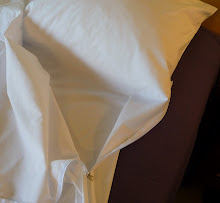Washing Methods
If you’re not using hot water and hot air to wash you’re bedding than all you are doing is giving the dust mites and/or bedbugs that live in you’re bedding a bath. The only reliable way to remove and inactivate pests and allergens, is to use hot water above 60c / 140f and then dry in hot air.
Another method for removing dust mites from bedding is supplemental rinsing. After a warm water wash, put the bedding through 2 cold water rinses, this has proven to help remove most allergens including pet dander and pollen. The problems associated with supplemental rinses include using 2-3 times the amount of water as a single hot water wash and the trade off in costs between heating a single hot water wash and using 2-3 times the quantity of fresh water.
The most important aspect of hot water versus cold water is effectiveness. While a hot water wash has proven to remove all dust mites, a warm water, 40c / 104f, wash removes only 6.5% of dust mites.
While a hot water wash will kill all dust mites and inactivate the allergens generated by dust mites, only a hot air drying cycle for an extended period of time, over 40 minutes , will kill bedbugs. Bedbugs are larger and hardier than dust mites. They can survive much more extreme environments and conditions, and so can their eggs.
Putting ALL bedding through a hot air drying cycle will desiccate ( dry out ) any live bedbugs or eggs that survive the hot water wash. Bedbugs or their eggs cannot survive the extended high heat and will die.
By putting your bedding through a hot water, 60c / 140f, wash AND a hot air drying cycle for over 40 minutes, you can rest assured that the bedding will be free of dust mites, allergens and bedbugs.
Utilizing hot water and hot air wash cycles make the choice of bedding material content very important. For instance, silk or satin will not survive hot water or hot air. Bamboo, with it’s natural anti bacterial properties, will degrade and pill very quickly in hot water / air, not to mention the shrinkage factor.
Sheet Selection
Cotton bed sheets with a very high thread count, over 500, tend to be nice and soft, but fragile due to the smaller thread size. After repeat hot water/ air washings they tend to rip. Poly cotton blends and 100% cotton with thread counts between 300 and 400 threads per inch will perform well. Although any poly cotton blend will eventually start to pill and cause sensitivity to those who are sensitive or allergic to polyester, the trade of in price versus performance makes poly cotton a good choice.
100% cotton is still the best choice. Any tightly woven 100% cotton sheet with a thread count above 300 will block 100% of dust mites and 99% of dust mite allergens from coming through from a mattress. Most sheets of this quality are pre-shrunk so they will not shrink much further. They are able to be washed in hot water and dried in hot air. The only drawback to this type of sheet is wrinkles and creases after the wash cycle. Taking the sheets out of the dryer as soon as the cycle is finished should alleviate some of the problem.
Pillows, Comforters and Duvets
There are many types of fillings for pillows and comforters. Most are some type of synthetic fill made of polyester. Memory foams have become affordable and are becoming prevalent on store shelves. Feather or down pillows and duvets have been around for hundreds of years, but recently have gotten a bad rap for their supposed pest friendly attributes, these are unfounded and studies have shown synthetic fibers to be more hospitable to dust mites. Memory foam is great as a deterrent to allergens and pests because it has no small spaces for them to hide and is easily vacuumed, but there is a high incidence of allergic reactions to the foam itself.
Wether synthetic fibers or feather/down, make sure the casing of any pillow or comforter/duvet you purchase is very tightly woven and is washable, if not in hot water than at least warm water. After washing a pillow or comforter/duvet, allow it to hang dry, as very few makes are able to dry from a wet stage, directly into a hot dryer. When it is dry then you can put it through a hot air cycle in a dryer.
Remember
Just because a product is expensive, doesn’t mean it will protect any better than a less expensive product. Know the facts and make your decision on performance, not price.









No comments:
Post a Comment